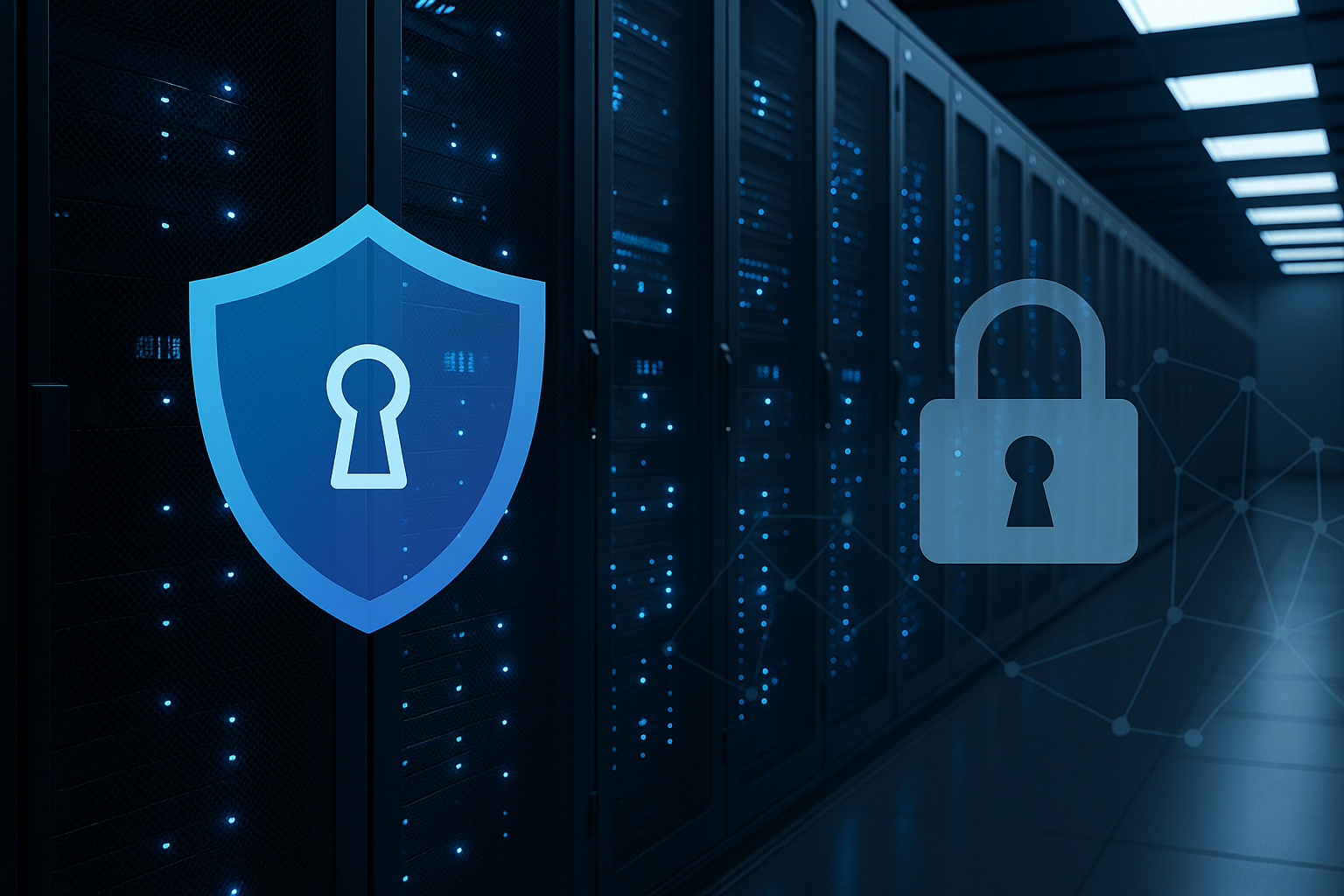Strengthening Enterprise Server Security with CIS Benchmarks
Enterprise server security as a strategic priority
Enterprise server security is a central pillar of modern IT infrastructure. In an environment where cyber threats evolve daily, ensuring that servers remain secure is more critical than ever. Properly configured servers reduce vulnerabilities and limit attack surfaces. This security posture starts with standardized configurations that eliminate unnecessary services, strengthen authentication, and monitor system integrity.
How CIS Benchmarks enhance enterprise server security
The CIS Benchmarks provide detailed, consensus-based guidance for securing various server operating systems, applications, and platforms. These recommendations are developed by global cybersecurity experts and regularly updated to address new threats. By aligning configurations with CIS Benchmarks, organizations create a security baseline that is measurable and repeatable, making it easier to maintain compliance and protect sensitive data.
Standardization and operational efficiency
Applying CIS Benchmarks across all servers ensures uniformity in security practices. This standardization reduces configuration drift, simplifies patch management, and accelerates audit readiness. In large enterprises, where dozens or hundreds of servers operate simultaneously, consistent configurations help IT teams detect anomalies faster and implement fixes without disrupting operations.
Embedding enterprise server security into workflows
Incorporating CIS Benchmarks into daily operations turns security from a reactive measure into a proactive strategy. Automating the enforcement of these benchmarks ensures that every new server deployment starts with secure defaults. Over time, this approach builds resilience, reduces the likelihood of breaches, and fosters a culture of accountability across technical teams.
A sustainable approach to long-term protection
Organizations that integrate CIS Benchmarks into policies and procedures benefit from continuous improvement in enterprise server security. As threat landscapes evolve, updating and applying new benchmark versions keeps defenses relevant. This adaptability, combined with standardized monitoring, ensures that enterprises remain protected against both known and emerging risks.
Source: CIS

